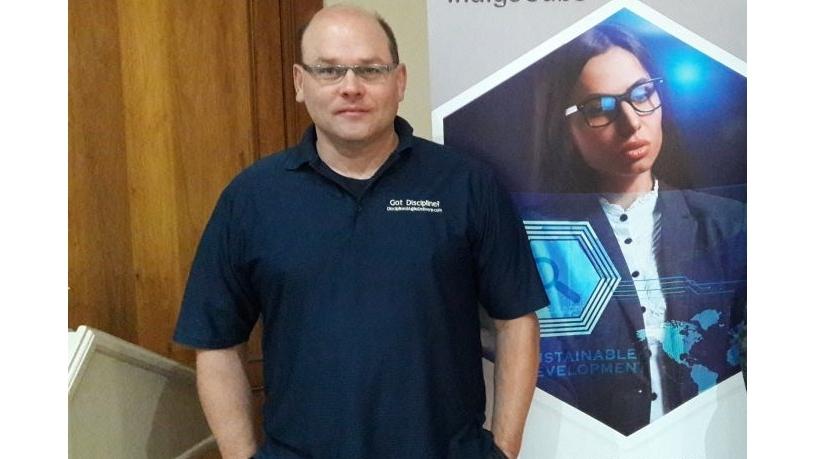
One of the first challenges businesses face in their push to be agile is that there is no standout Agile development methodology that clearly tops the rest.
Instead, enterprises must confront a multifaceted Web of methodologies, including Extreme Programming, Scrum, Dynamic Systems Development Method, and Scaled Agile Framework (SAFE), and attempt to pick the best of the bunch.
This is according to Scott Ambler, Canadian software engineer, consultant, author, acknowledged worldwide Agile expert and co-author with Mark Lines of the Disciplined Agile framework.
Ambler addressed IndigoCube's Business Agility Conference in Johannesburg yesterday.
He pointed out organisations should not stick to only one Agile development methodology.
"The marketing literature for some of them would have you believe theirs is the one to rule them all. It only exacerbates the natural complexities of the task that people face in trying to develop their enterprise Agile capabilities."
Ambler said many business people face the complex undertaking of developing enterprise agility but need a point of departure.
Knowing all the options is crucial to the success of Agile programmes, since organisations can be anywhere on the route to high or low levels of Agile capability, he noted. They also have vastly different objectives based on their unique situations, resources, and people with different skills to achieve those objectives.
Teams that scale across multiple dimensions often find certain methods are suitable in only one direction: Scrum for co-located small teams, or SAFE for large teams and geographical distribution, he said.
"The combination of Agile methodologies and approaches that worked for one organisation won't necessarily work for another because they can be different in every respect. All methods are geared for certain situations. Scrum is geared for small, co-located teams facing fairly straightforward challenges. If that sounds like your situation, then Scrum could definitely work for you. But if your team is spread around the country or even throughout a single city then it may fail you.
"We often see misapplication of methodologies with the organisations we encounter all around the world because people believe the marketing and other rhetoric without realising the differences that can be subtle and difficult to distinguish for newcomers to the field."
This is why a decision process framework such as Disciplined Agile helps apply the right techniques to the right situation, said Ambler.
"Disciplined Agile is a decision framework that helps you tailor your approach to meet the needs of your specific situation and helps you create the best team or teams you need to best deal with your situation. And by giving people contextual choices, they're really accessing the lessons that others have already learned so they can leverage them and rather focus on adding real value to their organisations.
"What it does do is spell out the options suitable to your specific situation, your specific environment, and that empowers you to make the best, most suitable choice for your organisation of what methodologies you may want to adopt to achieve certain outcomes based on the resources, tools and people at your disposal."
Jaco Viljoen, principal consultant and head of digital at IndigoCube, said: "Accessing the methodologies and elements of Agility as they require them and applying them in context to the enterprise's situation and goals helps organisations develop their Agile capability so they become adept at changing and evolving rapidly and continuously to keep pace with market, competitive and other disruptive changes."
Share